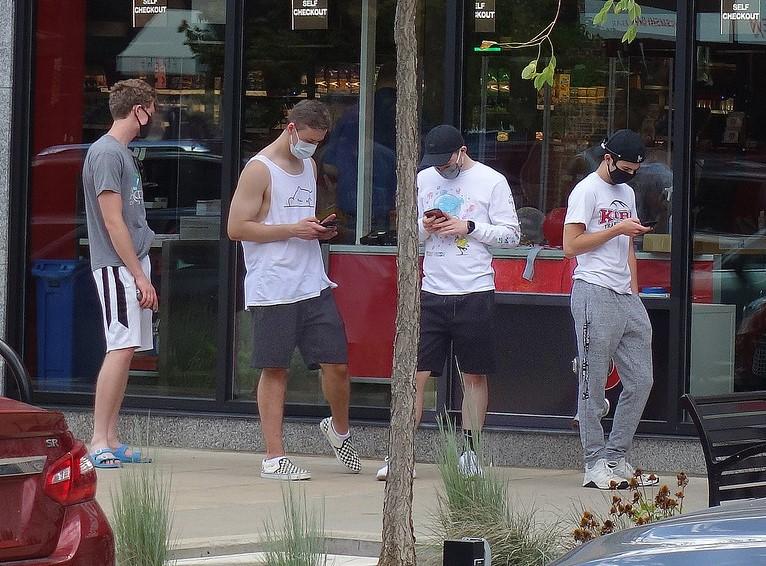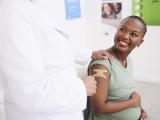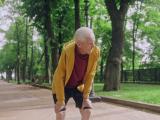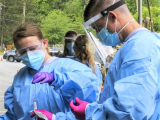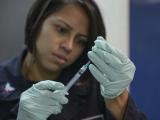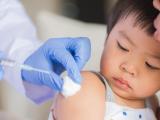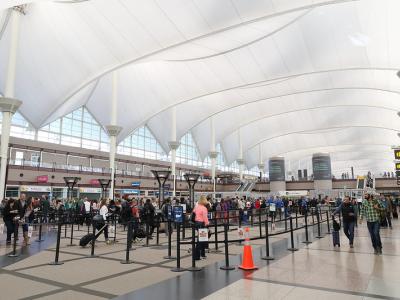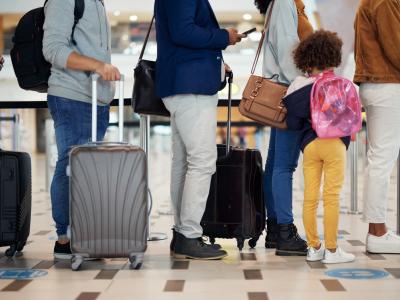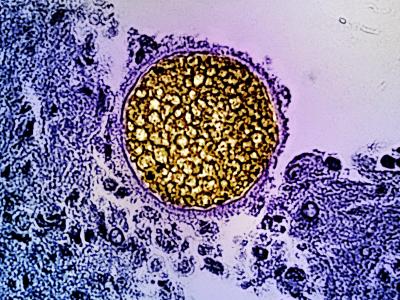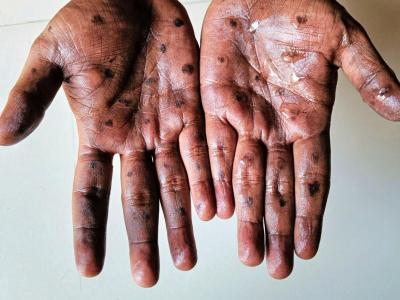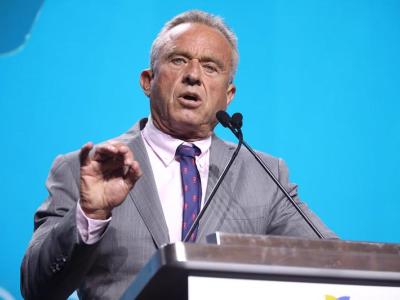As college students returned to campuses in August, COVID-19 cases in that age-group at the national level more than doubled, researchers from the Centers for Disease Control and Prevention (CDC) reported today, a day after federal officials announced a new push to help elementary and secondary schools reopen by arming them with rapid tests.
In global developments, COVID-19 deaths passed the grim 1 million case mark amid more reports of second surges in Europe. Currently, the worldwide total is 33,484,120 with 1,004,082 deaths, according to the Johns Hopkins online dashboard.
College starts triggered rising cases in young people
The report on the COVID-19 spike in college-age adults came from an analysis of state health department data spanning Aug 2 to Sep 5, a time when many schools resumed in-person learning for the first time since March. The CDC said about 45% of people ages 18 to 22 are enrolled in colleges and universities.
Details about the COVID-19 spike in college-age adults appear today in Morbidity and Mortality Weekly Report, alongside a separate report on COVID-19 clusters that emerged soon after students returned to a North Carolina university campus.
In the first study, researchers found that during the study period, 15.6% of COVID-19 cases were among the college-age group. Incidence increased 55% nationally, with the biggest increases seen in the Northeast and the Midwest. The level of testing increased over that time frame as well, likely due to screening practices at colleges, but researchers found that not all of the rise in cases was driven by the increase in testing. Cases rose 2.1-fold, while testing increased by 1.5-fold.
Several factors could have fueled the rise in college-age cases, including behavior changes or increased risk related to multiple policy changes over that period. Detailed exposure analysis could help shed light on drivers of those trends, the authors said. To prevent spread on campuses and in the broader community, college students, staff, and faculty must take steps to curb spread in campus settings, such as wearing masks and observing hand hygiene, the researchers noted, adding that transmission by young adults outside of campus settings can also occur in any community where they live, work, and socialize.
In the second study, North Carolina health officials described COVID-19 tracking in the first 3 weeks of August after school resumed at a university. Cases rapidly increased in the first 2 weeks, which included 18 clusters of 5 or more epidemiologically linked cases. In total, there were 670 cases among students, staff, and faculty. On Aug 19, following the steep rise in cases, all classes transitioned to online and the school took steps to reduce on-campus housing density.
Student gatherings and congregate living settings, both on and off campus, probably contributed to the rapid spread, the authors said, noting that robust measures are needed, including consistent use of masks, density reduction in on-campus housing, increased testing, and discouraging student gatherings.
White House announces rapid tests for schools
In other developments related to COVID-19 in school settings, President Donald Trump announced yesterday at a White House briefing that 6.5 million rapid tests will be sent to states starting this week to help governors reopen elementary and secondary schools, the Associated Press reported.
The tests will be sent to states based on population, and governors have discretion on how to use them, but the White House has encouraged them to use them as part of reopening schools. The number of tests sent to states is expected to total 100 million over the next several weeks, and the supply is part of a government order of 150 million tests previously ordered from Abbott.
The White House and public health officials have clashed over the White House's aggressive push for school reopening, and the New York Times reported yesterday that White House officials over the summer pressured the CDC to downplay the risks of sending kids back to school and tried to find alternate data to suggest that pandemic activity was declining and that the virus posed very little risk to children.
And in a related development, an update from the American Academy of Pediatrics and the Children's Hospital Association showed that COVID-19 cases increased 14% in children over the past few weeks, with 624,890 reported from 49 states since the start of the pandemic (see related CIDRAP News story today).
Last-ditch coronavirus relief proposal
In a final effort to restart COVID-19 relief deliberations with the White House, Democrats in the US House of Representatives yesterday unveiled a $2.2 trillion relief package, the Wall Street Journal reported. It would restore $600 weekly unemployment benefits and is still much larger than what the White House and Senate Republicans have proposed.
In other new developments:
- Florida yesterday lifted all of its COVID-19 restrictions, including those on restaurants and bars, ABC News reported. The state will require local officials to justify any restrictions that limit a restaurant's occupancy to less than 100%.
- The National Restaurant Association yesterday called on the US Conference of Mayors to encourage and provide incentives for expanded outdoor dining, The Hill reported. One in six restaurants have closed during the pandemic, and restaurant operators fear more difficulties over the next 6 months.
- The United States yesterday reported 33,037 cases yesterday, and its total currently stands at 7,180,179 cases with 205,729 deaths, according to tracking from Johns Hopkins.
International developments
With second waves of COVID-19 activity surging in some parts of Europe, the European Centre for Disease Prevention and Control added four more countries to its "red list", bringing the total to nine. The four new additions are Iceland, Denmark, Hungary, and the Netherlands, CNN reported. The others already on the list include Spain, the Czech Republic, France, Luxembourg, and Belgium.
In other international headlines:
- In India, a large serological study in adults suggests that only 7.1% have antibodies to SARS-CoV-2, hinting that a large number of people are still susceptible to the virus, Reuters reported.
- Qatari researchers yesterday reported four apparent COVID-19 reinfections, with a median time between first and second infection of 64.5 days. They published their findings in the preprint server medRxiv. Reinfections are currently thought to be rare.
- The World Bank yesterday reported that East Asian and Pacific countries have been hard hit economically by the pandemic, with the region expected to grow by only 0.9% in 2020, the lowest rate since 1967. China's prospects, however, are higher due to government spending, strong exports, and a decline in cases since March.
